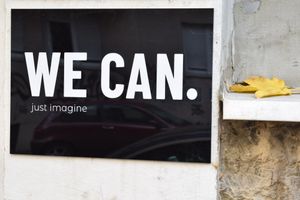The Lazy Leader discusses the complexity of leading organizational change and the importance of soft skills when leading business change projects.
Why are some business problems difficult to grasp? How do you tackle complex business problems?
What do you think is the biggest challenge facing change leaders today?
Leading Change In Uncertain Times
One of my team’s jobs was to solve business problems. However, many business managers come to us with solutions in mind.
For instance, implementing a new business application or developing a website or identifying and fixing defects in a business intelligence system. Whilst the sponsoring manager may not completely comprehend the problem, they usually had an answer.
That’s because these problems are all resolvable since there is little uncertainty.
In contrast, those leading change often have much difficulty articulating what needs to be done.
These problems are usually complex and often intractable.
Invariably these are wicked problems and characterized by uncertainty, the absence of an answer, and no clear relationship between cause and effect.
The wicked and the clumsy
An example of a wicked problem is delivering a response to antisocial behaviour or the COVID-19 pandemic.
For instance, the UK government’s Troubled Families Programme — now Supporting Families — which began in 2012 aims to reduce public spending by helping households with financial and social problems. This includes the challenges of worklessness, antisocial behaviour, and truancy.
In a nutshell, the troubled families project is about preventing problems, not fixing them.
The great challenge for business leaders who carry out the vision is enormous. We cannot facilitate such change using traditional approaches. Since uncertainty and ambiguity are the way of the world today, we must break from the norm and learn to manage uncertainty rather than attempt to remove it.
Moreover, because a wicked problem has no known solution, we always need multiple partial solutions. Therefore, we must put aside our inclination for elegance and opt for the clumsy solution.
Clumsy solutions consider the views of each solution-seeker.
For instance, the policy-maker may insist that an electronic document and records management system stores customer data, whereas the service manager may prefer to use a line-of-business system.
In contrast, the change leader that advocates a clumsy solution takes the collective view and does what is needed to make some progress.
Supporting Families is about doing something very different. Something that hasn’t been done before and where there is no perfect solution. Therefore, if we are to succeed in today’s corporate environment, we must adopt a different paradigm for leading change. One that considers the views of each stakeholder and manages uncertainty.
But how is this done? What needs to change?



